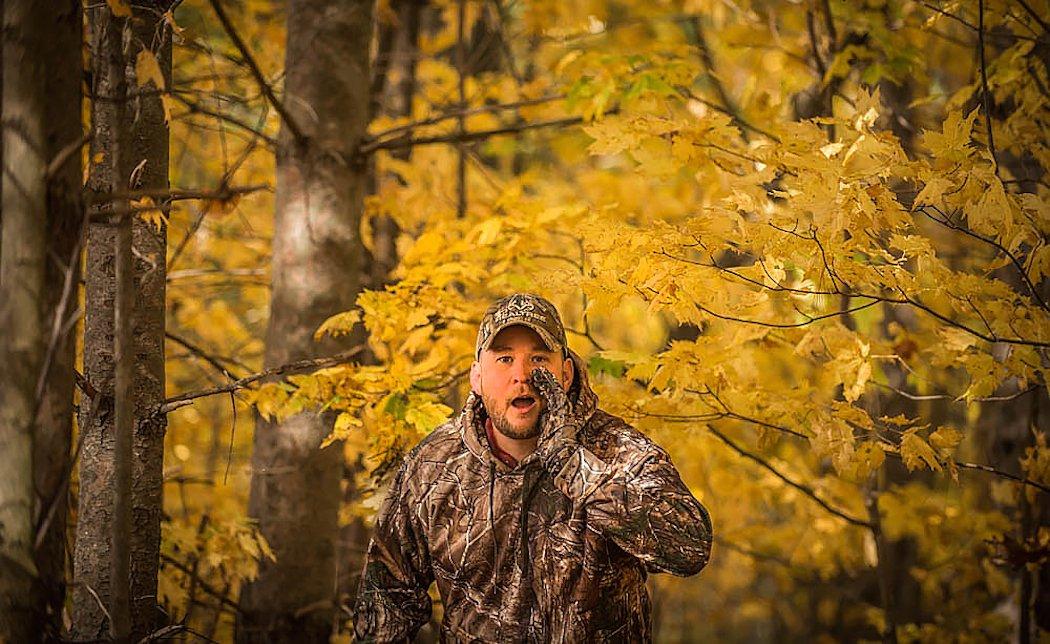ARE YOU FLUENT IN THE LANGUAGE OF THE WHITETAIL?
There was a time when it was believed white-tailed deer were not very vocal. Now, it's common knowledge that deer make many different sounds, and the sounds are used for very specific reasons. In fact, some researchers believe whitetails can make as many as 400 different sounds. That is mind blowing to consider, but fortunately, hunters need only be concerned with a few.
Deer vocalization as it pertains to hunting can mostly be broken into three categories. They are the snort, the grunt, and the bleat. Most sounds made by a whitetail are variations or combinations of these three sounds. Some sounds hunters do not ever want to hear. Others are very good to hear and can be duplicated by the hunters to provoke social curiosity, dominance infringement, or mating anticipation.
ALARM CALLS
The first type of vocalization is one every hunter is aware of and hates to hear. Deer use several different methods of body language when they are alarmed and a couple of very distinct vocalizations. The sounds include the snort and the bawl.
The snort is one we have all heard many times. Some hunters refer to it as blowing, because that is basically how it sounds. Deer make this rather loud and dramatic blowing sound by forcing air through the nostrils. It is usually the first response when deer smell something that alarms them. Sometimes they stand their ground, continue snorting, stomp a foot and use other body language while trying to determine if the smell constitutes a serious threat or not. Usually, a snort is followed up with a white flag waving goodbye.
The bawl is a much more serious alarm call and is used when a deer is in serious peril such as being attacked by a predator or trapped in a fence. It sounds exactly as the word would imply. It is a very loud and desperate sound. It's not especially pleasant to hear.
CONTACT CALLS
Contact calls or social calls work all year long. Deer are highly social and desire to be in the company of other deer. These nonaggressive, friendly sounds often work for bucks or does.
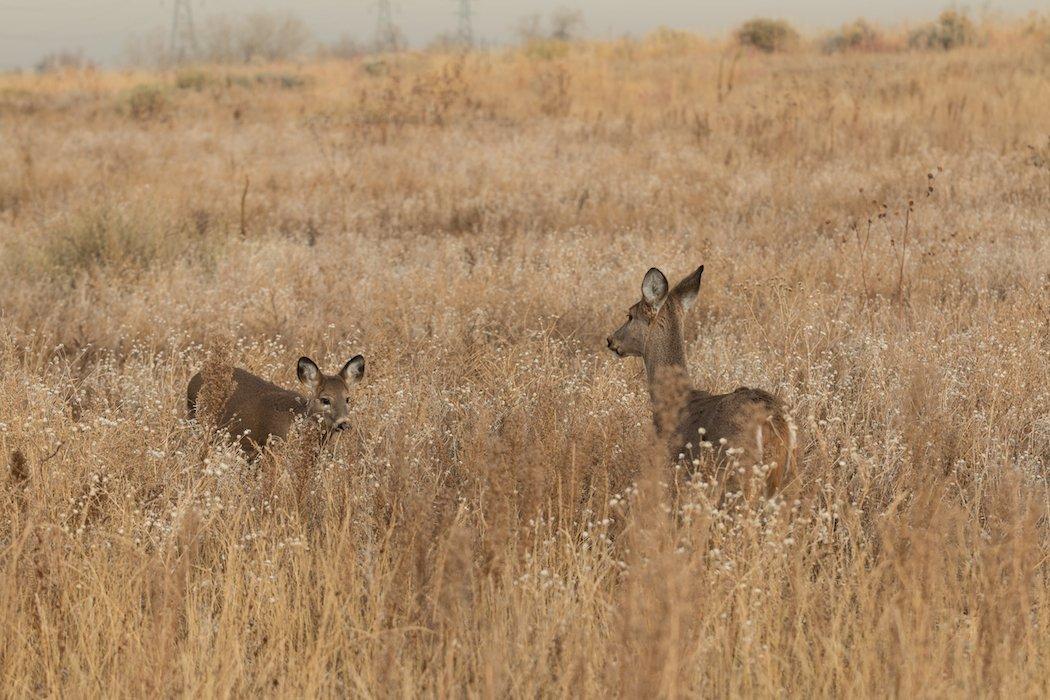
Does often use contact calls such as a soft bleat or grunt while interacting with other deer or their fawns. The contact grunt is simply a very soft grunt of medium length that does use while feeding or coming into contact with other female deer. Hunters mimicking these sounds may attract bucks or does.
The fawn bleat is one of the most commonly used calls by hunters and is great for pulling in does, especially early in the season. Fawns make sounds of contentment when the doe is near or approaching and while the fawn is feeding and being nurtured. However, if the fawn becomes lost, pursued by a predator or otherwise stressed, it often emits a bleat or fawn bawl.
A simple bleat is basically saying, I'm lost. Come get me. A more urgent version is used to say, I need help, now! The latter often triggers a doe's maternal instinct and she comes running toward the sound, frantically looking for the fawn with her ears laid back and hair bristled. Does will often do this even if their own fawns are safe at their side. Fawn bleats work best for hunters during the early fall when fawns are more dependent on their mothers. The call works later in the year too, just not quite as well as during the early season.
BREEDING CALLS
The pre-rut and then on through the rut are times when most hunters really get excited about using calling to attract deer. Bucks and does are highly vocal during the breeding phase. As such, they are very susceptible to calling by hunters.
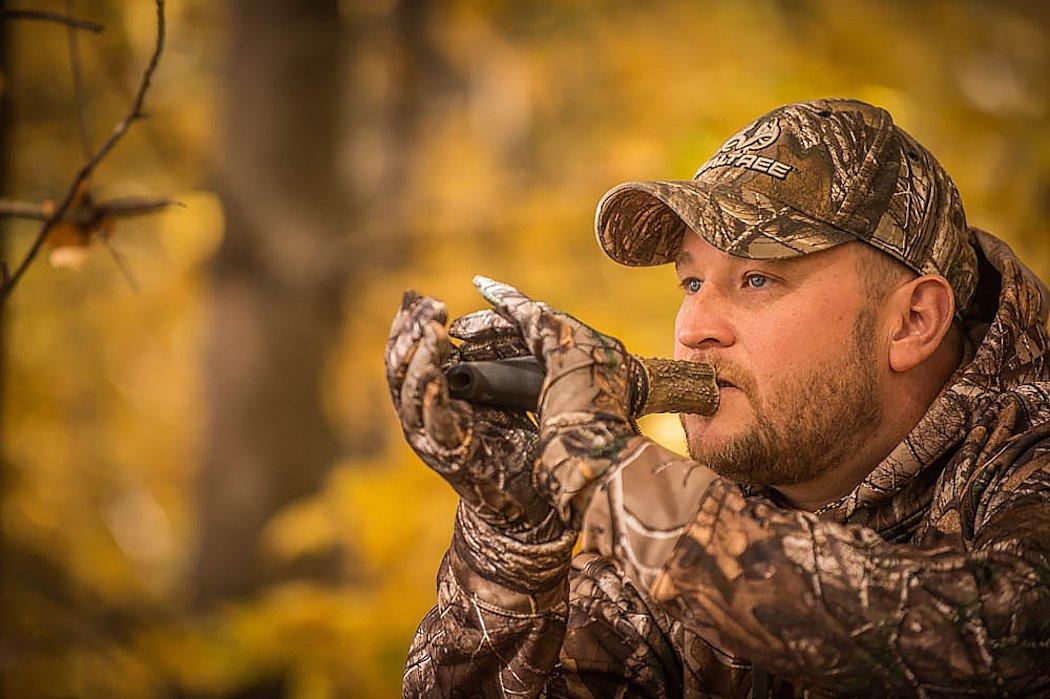
Bucks grunt when following or approaching a doe during the breeding season, and the sound is often referred to as a tending grunt. Sometimes the buck only grunts once or twice. Most times a buck uses a serious of several short grunts. At times, especially as a buck is about to mount a doe, he uses one, long low-pitched grunt.
There is a high probability of a buck responding favorably to hunters using this call during the pre-rut and rut time of year. However, sometimes they ignore it even during the breeding season. Luckily, a grunt call seldom creates alarm unless the hunter overuses it.
Grunt calls are effective two ways. First, grunting is effective when calling to a buck in sight. The hunter has the ability to watch the buck, determine movement direction, interest in the call, and body language. This helps determine when and how much to call. Making an occasional grunt on a call also makes things happen sometimes when a buck is not in sight. A buck hearing a grunt often comes closer out of curiosity and to confront intruder bucks.
AGONISTIC CALLS
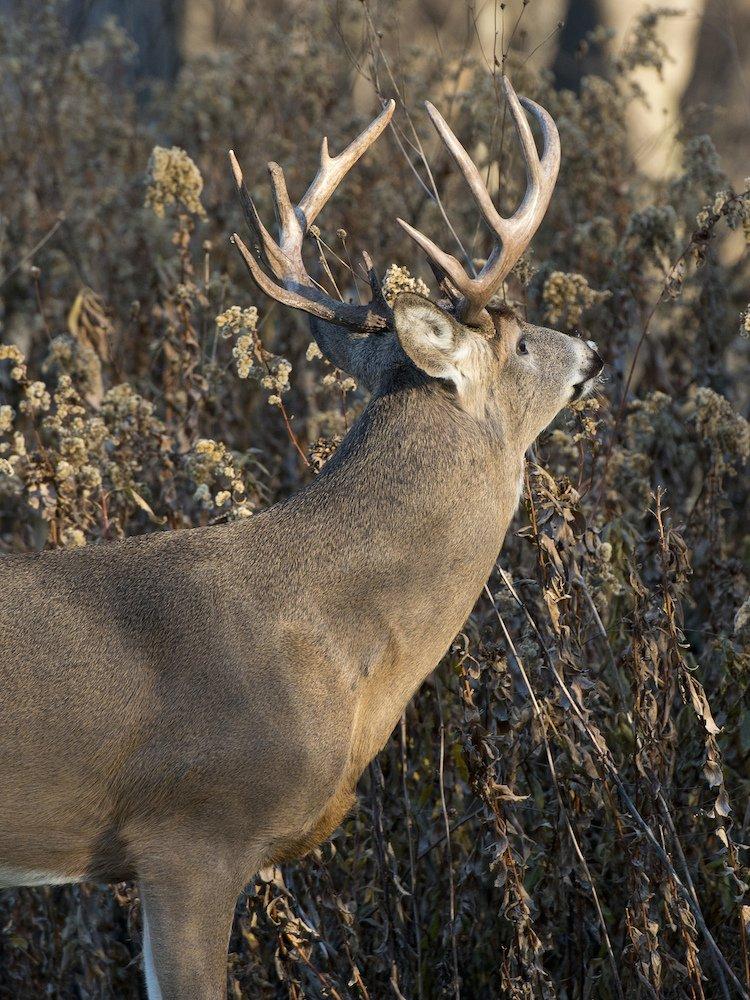
When a buck is more aggressively asserting its dominance, it uses a combination of the grunt and a snort. This may be done only once or in a short series of grunt-snorts.
The most aggressive form of agonistic call is one that has really gotten a lot of attention with hunters in recent years. It is sometimes called the snort-wheeze or the grunt-snort-wheeze, depending upon the combination of vocalizations used. This call is used when a buck is very frustrated with a doe that is not ready to breed or more often, used to threaten another buck that is nearby.
Bucks grunt then follow it up with a snort or two. Then they make a long wheezing sound by forcing air through pinched nostrils. Sometimes, the snort-wheeze is not preceded by a grunt. Nonetheless, it is a very aggressive vocalization and one many hunters incorporate into their calling strategies.
Remember, it is most definitely a sign of aggression. Some dominant bucks see it as a challenge and come closer to pick a fight. This is a real benefit for a hunter looking to score on a mature trophy whitetail. But be forewarned: It often scares lesser bucks, so use it with caution.
PUTTING IT ALL TOGETHER
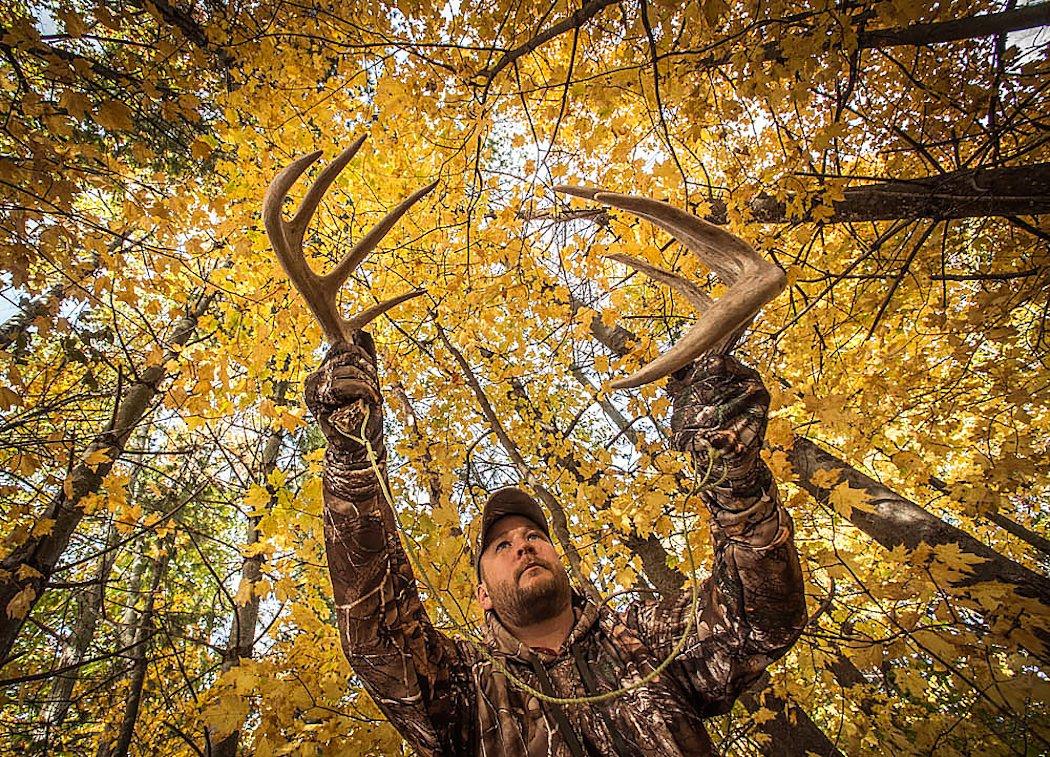
It really boils down to learning the seasons, biology, and patterns of whitetails, then duplicating the natural way of things by applying this knowledge to the use of deer calls.

